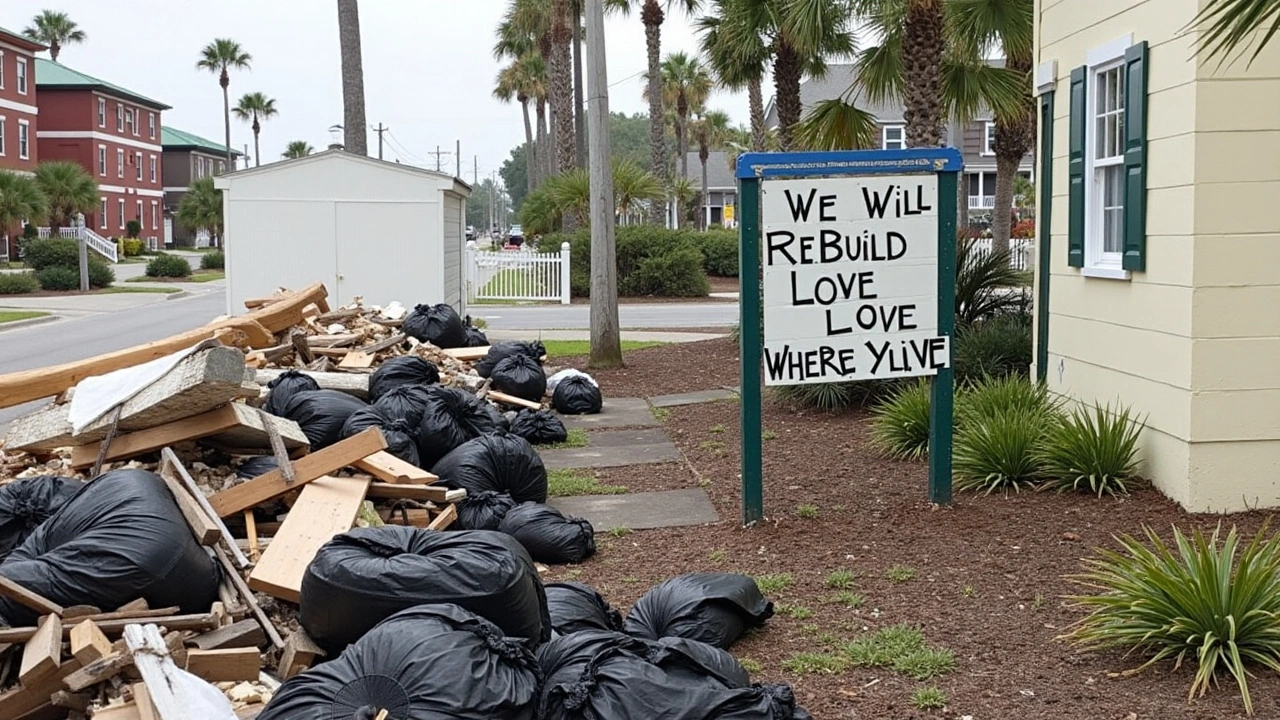Florida storm: what to do before, during and after
Florida gets a lot of storms — strong thunderstorms, tropical storms, and hurricanes during the June–November season. If you live, work, or travel here, having a clear plan beats panic. Below are concrete steps you can use right now to protect family, pets, property and travel plans.
How to prepare before a Florida storm
Make a simple emergency kit: three days of water (one gallon per person per day), nonperishable food, a battery radio, flashlights, extra batteries, first-aid supplies, essential medicines, phone chargers, and copies of ID and insurance papers in a waterproof bag.
Know your evacuation zone and primary escape route. Sign up for local emergency alerts from your county and follow the National Hurricane Center for storm tracks. If an event forces cancellations, expect flights, sports and local events to change — check with organizers and venues before you go.
Secure your home: trim dead branches, bring outdoor furniture inside, and board or cover windows. Fill fuel for your car and generator, and keep cash on hand; ATMs and card machines may be down after an outage.
Plan for pets: pack food, carriers, vaccination records, and a leash. Many shelters have pet rules, so find pet-friendly shelters or hotels along your evacuation route ahead of time.
What to do during and after the storm
During heavy winds and flooding stay inside, away from windows and glass doors. Use a battery radio or phone for official updates. Never drive through flooded roads — just six inches of fast-moving water can knock a person off their feet and a foot of water can carry away a car.
If power goes out, use generators outside and away from windows to avoid carbon monoxide risk. Unplug appliances to avoid a surge when power returns. Use tap water only if local authorities confirm it’s safe.
After the storm, watch for downed power lines, gas leaks, and unstable trees or structures. Report hazards to emergency services. Take clear photos of damage for insurance claims, but don’t linger in unsafe buildings.
Check with local shelters and relief services for food, water and medical help. If you see floodwater, assume it’s contaminated — do not try to wade through it unless absolutely necessary, and wear gloves and boots when cleaning up debris.
Need real-time updates? Follow your county’s emergency management, the National Hurricane Center, and trusted local TV or radio. If an event hits Florida venues or games, organizers will post changes online — use official social channels to avoid rumors. Staying prepared with a checklist and one clear plan will make a huge difference when a Florida storm arrives.
